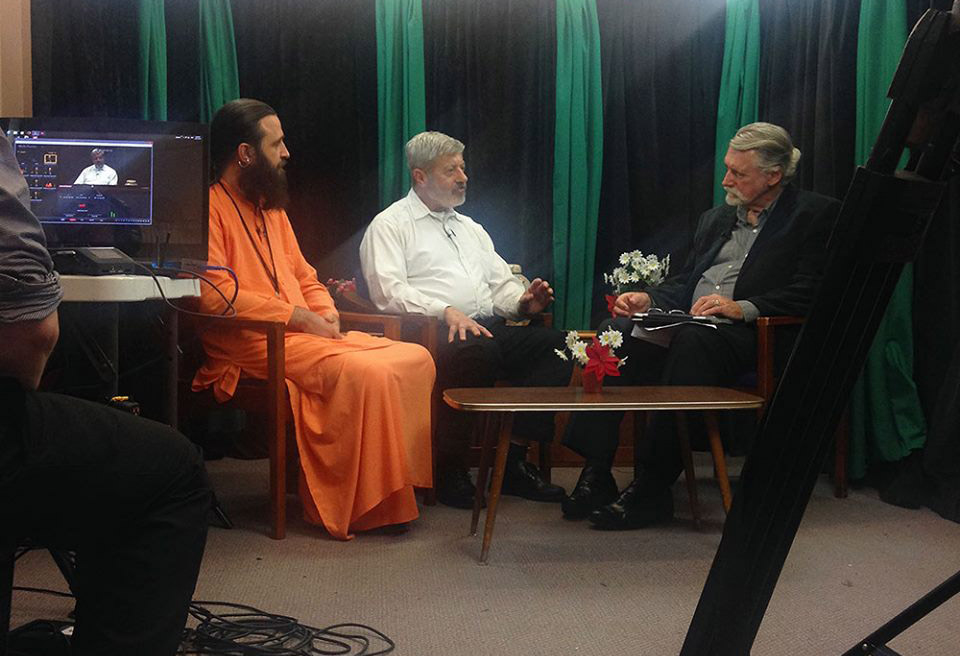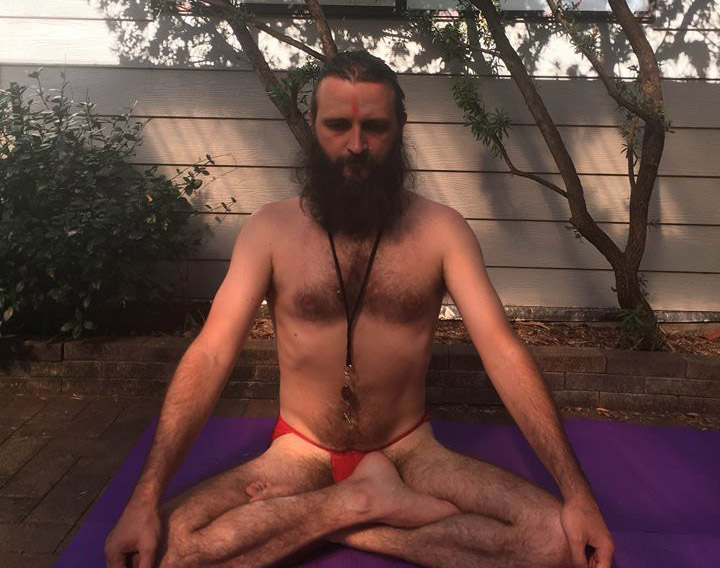If you look at the images of Buddha and Gorakṣanāth, you will notice slight smiles on their faces. But it’s not some super blissful appearance. I have noticed that many people like bajans and kirtans, as is the case in many bhakti schools or in the inaccurate understanding of some tantric streams, because there is an excess of “ānanda” there. For many people such ānanda and excessive joy seems to me to be an attempt to displace the presence of pain that this life is full of. However, this often leads to a person not noticing the external reality. But, if your bliss is moderate, like a light smouldering fire in the dhuna, then you do not run away from life and are not consumed by it, you are in contact with it as if “gliding”. That is, you calmly perceive the reality of life in a moderately “positive” state, which awakens wisdom in you.
Tag Archives: Śiva Gorakṣanātha
One more meaning of the Gorakṣanātha’s name
The name Gorakṣanātha in Sanskrit or its derivative Gorakhnāth in Hindi, if translated literally, will not carry much meaning. It could literally be translated as: rakṣa (a protector) and go (of cows). But, if you meet some Indians, who have heard about Gorakṣanātha and associated him with yoga, most likely they will explain go as senses. Thus, many translate it as “one, who protects the senses or controls the senses,” which is often interpreted as the practice of pratyāhāra, etc. Of course, the control of indriyas, redirection of prāṇa and perception of ātman within oneself are very important in yoga. However, while reading Yāska’s Nirukta and Śrī Aurobindo’s most interesting works, the Secret of the Veda, I found an even deeper meaning of the term go. Śrī Aurobindo gives many references to the Rig Veda, where the term go (like the sun rays) refers to the Absolute as a whole. Yāska says in Nirukta:
आदित्योऽपि गौरुच्यते |
ādityo’pi gaurucyate |
The sun is also called ‘go’.
In further explanation, there is a quotation of the hymn from the Yajur Veda (adhyāya 18 / 40) containing suṣumṇa:
सुषुम्णः सूर्यरश्मिश्चन्द्रमा गन्धर्वस्तस्य नक्षत्राण्यप्सरसो भेकुरयो |
suṣumṇaḥ sūryaraśmiścandramā gandharvastasya nakṣatrāṇyapsaraso bhekurayo |
Suṣumṇa, whose moonbeams are like the sun, is gandharva playing with nakṣatras, who are āpsaras.
In the other ślokas of this hymn, gandharva is the wind and his āpsaras are the waters, etc. Different elements are divided into male and female poles through the images of the ganharva and āpsaras.
Interestingly,Yāska connects the rays of suṣumṇa with go, this is also found in other parts of his Nirukta. Aurobindo in his Secret of the Veda, has many references to the Rig Veda as well, where cows can be understood to mean the light of the sun, ātman and Absolute in general. Indeed, if you look in the dictionaries, then go can mean both the sun and the moon, and light as such. Accordingly, Gorakṣanātha can be perceived as one, who unites (yoga) the power of ha (sun) and ṭha (moon) within suṣumṇa. The veneration of Śiva Gorakṣanātha awakens suṣumṇa, unites opposites, He is the patron saint of this path.








